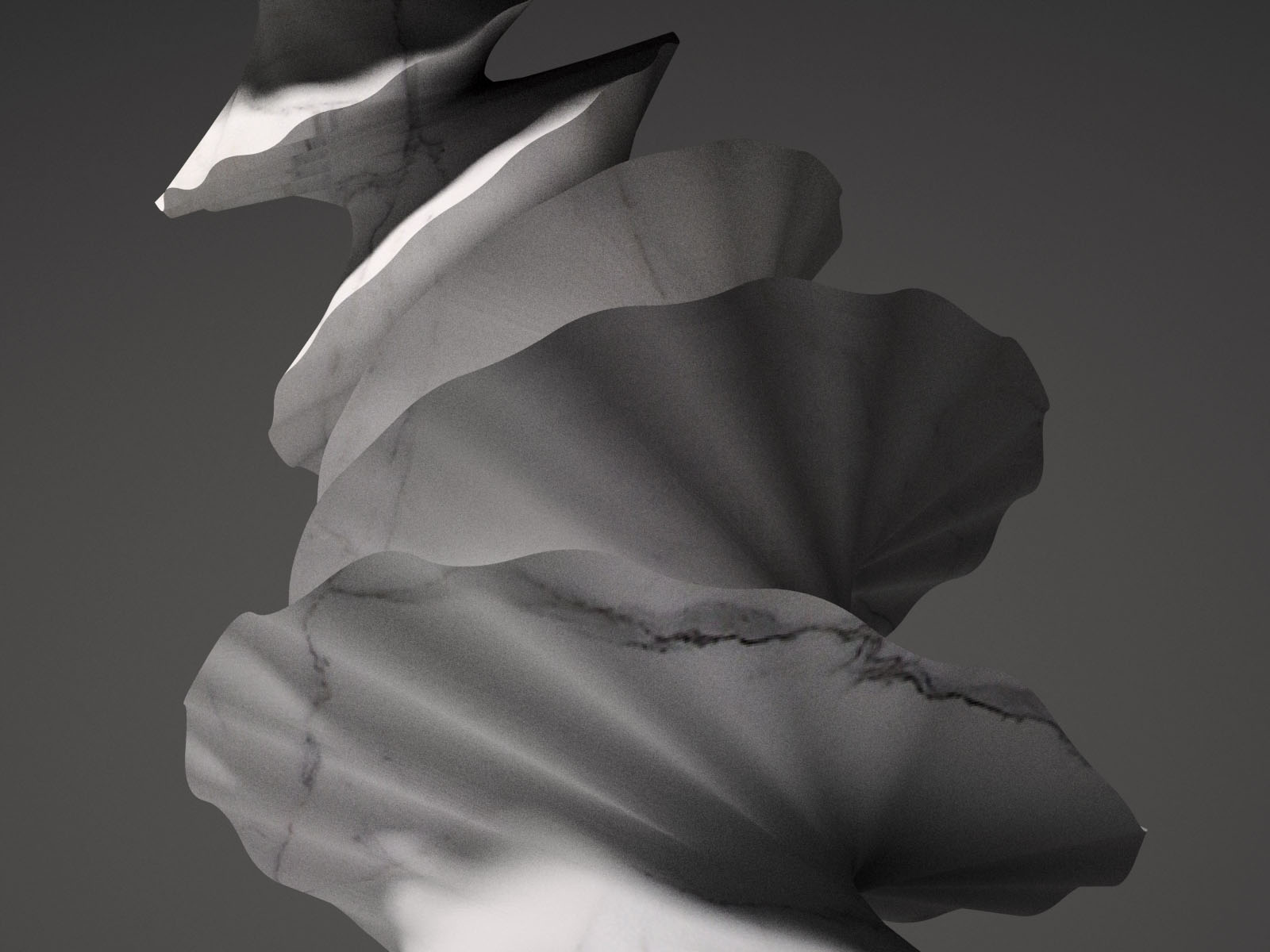T&D Robot brings concept into Euclidean space
In May last year (2015), T&D Robotics was invited to take part in the Italian Stone Theatre, a project overseen by top Italian designer Raffaello Galiotto. The T&D contribution was to programme its ABB robot to create a sculpture called 'Micete'.
The initiative was run in conjunction with the 50th Marmomacc stone exhibition in Verona, Italy, and was supported by the Italian Ministry for Economic Development, the Italian Trade Agency and Confindustria Marmomacchine.
The sculpture created by T&D Robotics consisted of a 2m tall x 30cm smooth marble spiral that would have been impossible to achieve by almost any other machine than T&D's ABB robotic arm equipped with a diamond wire cutter.
The six-axis robot arm was supplemented with an external axis provided by the interpolated rotating table that held the stone. Only by means of this interpolated rotating table was it possible to avoid continually repositioning the workpiece using a gantry, an operation that would have interrupted the cutting process and prevented the final homogeneous and harmonious surface from being created.
T&D Robotics set up in its Massa Carrara headquarters an ABB robot carrying an IRB 7600 wire saw weighing 325Kg. A&B had developed this technique by designing a head to carry the wire saw in 2013, when it launched the attachment on to the market.
The diamond wire looked like a spider trying to catch an insect inside a cocoon as it worked. As the table rotated, the robot swung the wire saw from side to side. The wire went deeper and deeper until it brushed the heart of the block of the grey Italian Bardiglio Imperiale marble.
After nearly two days the robot was ready to re-emerge from the finished work. The whole project had been completed in two stages – roughing out, which took about 20 hours, and cutting, which took another 20 hours. The diamond had left the block only twice – after roughing out and when the job was finished. It worked its way up from the bottom to the top.
There was some trepidation as the outer domed cap of stone still covering the worked sculpture inside was removed (one of the few operations that was actually carried out by a person). It took three-quarters of an hour to free 'Micete' from its shell, separated as it was by the 8.5mm kerf of the wire saw. As the sculpture inside was exposed its beauty was revealed.
Diamond wire cutting has several advantages over milling.
If the same sculpture had to be produced by using a mill, a lot more material would have been reduced to dust, whereas with the wire saw the material to be removed could still be used. The wire is also a lot quicker, reducing energy and water consumption.
The feed rate of the cutting line fluctuated between 12 and 50mm per minute. This made it possible to complete the 2m high sculpture in less than two days.

